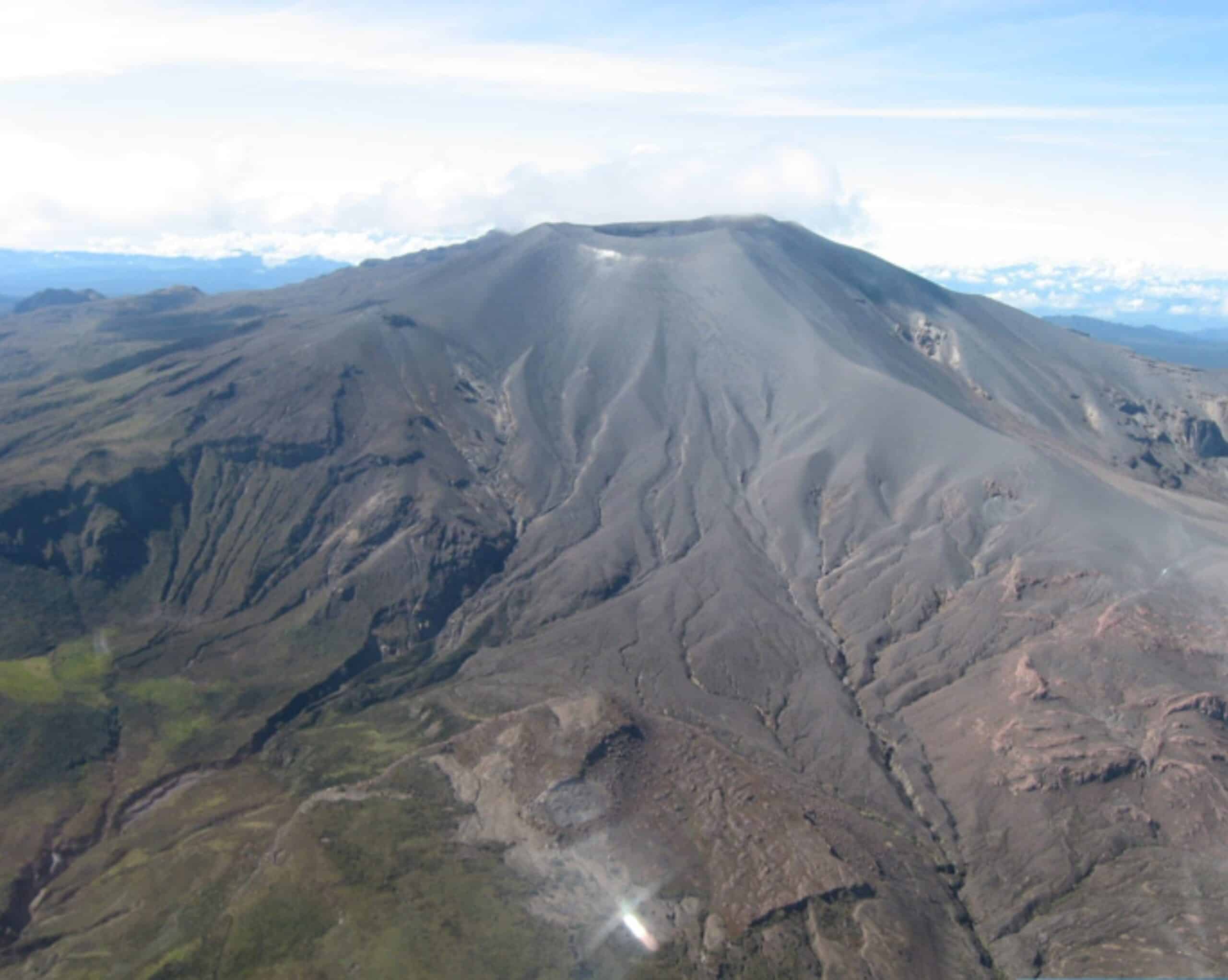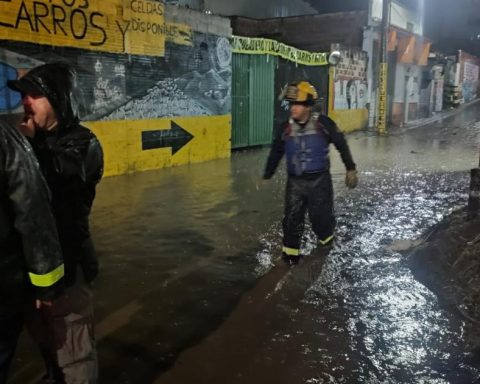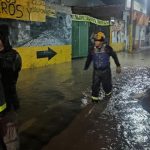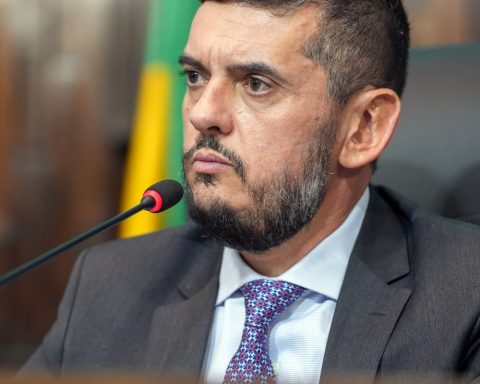Learn in which departments they are located and how the Colombian Geological Service classifies their activity.
News Colombia.
Colombia, crossed by the imposing Andes Mountains, is part of a select group of South American countries along with Ecuador, Bolivia, Peru, Chile and Argentina, where volcanic activity is a distinctive geological feature. This mountain range not only shapes the landscape, but is also home to 18 active volcanoes that, according to the Colombian Geological Service (SGC), demand constant monitoring due to their potential danger. Among the most notable are Nevado del Ruiz, Cerro Machín and Galeras.
The departments of Tolima, Caldas, Huila, Cauca and Nariño They are the main scenarios of this volcanic activity. These regions concentrate colossi whose activity has generated concern in both local communities and government entities.
Classification of volcanoes according to their level of activity
The SGC has established four categories to classify the active volcanoes in the country, based on the state of the parameters they monitor:
- Green: Active volcano at rest.
- Yellow: Active volcano with minor alterations in the base parameters.
- Orange: Significant changes that warn of a possible eruption.
- Red: Volcano in eruptive process.
Currently, none of the active volcanoes in Colombia are in red status, but several have shown enough activity to be placed on yellow alert, which implies constant surveillance.
Active volcanoes in Colombia and their classification
Below are the 18 active volcanoes in Colombia along with their alert category:
- Green (active at rest):
Guamuéz-Sibundoy volcanic field, Azufral, Cerro Bravo, Doña Juana, Las Ánimas, Nevado del Tolima, Paramillo de Santa Rosa, Paramillo del Cisne, Paramillo del Quindío, Romeral, San Diego and Sucubún. - Yellow (activity with slight changes):
Cerro Machín, Cerro Negro, Chiles, Cumbal, Galeras, Nevado de Santa Isabel, Nevado del Huila, Nevado del Ruiz, Puracé and Sotará.
Featured Volcanoes and Their Potential Impact
- Nevado del Ruiz: Located between Tolima and Caldas, it is one of the most monitored volcanoes due to its catastrophic eruption in 1985 that devastated Armero.
- Cerro Machín: Located in Tolima, it is considered one of the most dangerous volcanoes due to its proximity to densely populated areas and its history of explosive activity.
- Galleys: In Nariño, it is the most active volcano in the country, with frequent records of gas emissions and seismic activity.
Surveillance and preparation: the country’s challenge
The presence of 18 active volcanoes highlights the need for constant preparation for possible emergencies. Continuous monitoring by the SGC and raising awareness of nearby communities are essential to mitigate risks. Early warning systems, as well as effective evacuation plans, represent fundamental tools to guarantee security in these volcanic regions.
Colombia, a country of imposing landscapes and exuberant nature, also faces the challenge of coexisting with the force of geology. Therefore, knowing and respecting these natural giants is vital to prevent future tragedies.
Further:
















